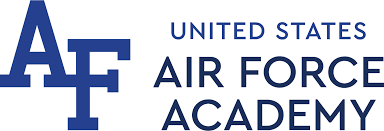George C. Marshall: An Enduring Model of Leadership Effectiveness
Abstract
General George C. Marshall is universally recognized as a paragon of leadership. Marshall’s effectiveness as the leader of the U.S. Army during World War II, the State Department during the early post-war era, and the Defense Department during the Korean War are well known and documented. As a result of his many accomplishments, a number of researchers and historians have explored traits and factors that underlie Marshall’s success. While many of these efforts provide insight into Marshall’s leadership style, none employ original data (interviews) specifically focused on leadership, management, and character. This paper is based on interviews conducted in 1998 of the last remaining Marshall subordinates. These individuals—Brigadier General Erle Cocke, Jr., General Andrew J. Goodpaster, General Walter T. Kerwin, Ambassador George F. Kennan, and Mr. H. Merrill Pasco—were interviewed specifically pertaining to Marshall’s management and leadership approach. The findings, depicted in this article, outline and map Marshall’s effectiveness in both personal and organizational leadership.
Downloads
Downloads
Published
How to Cite
Issue
Section
License
Authors contributing to Journal of Character & Leadership Development agree to publish their articles under the terms of the Creative Commons CC-BY 4.0 License. Authors retain copyright of their work, with first publication rights granted to the JCLD.



